Swiss help for Nepalese migrant workers is at a crossroads
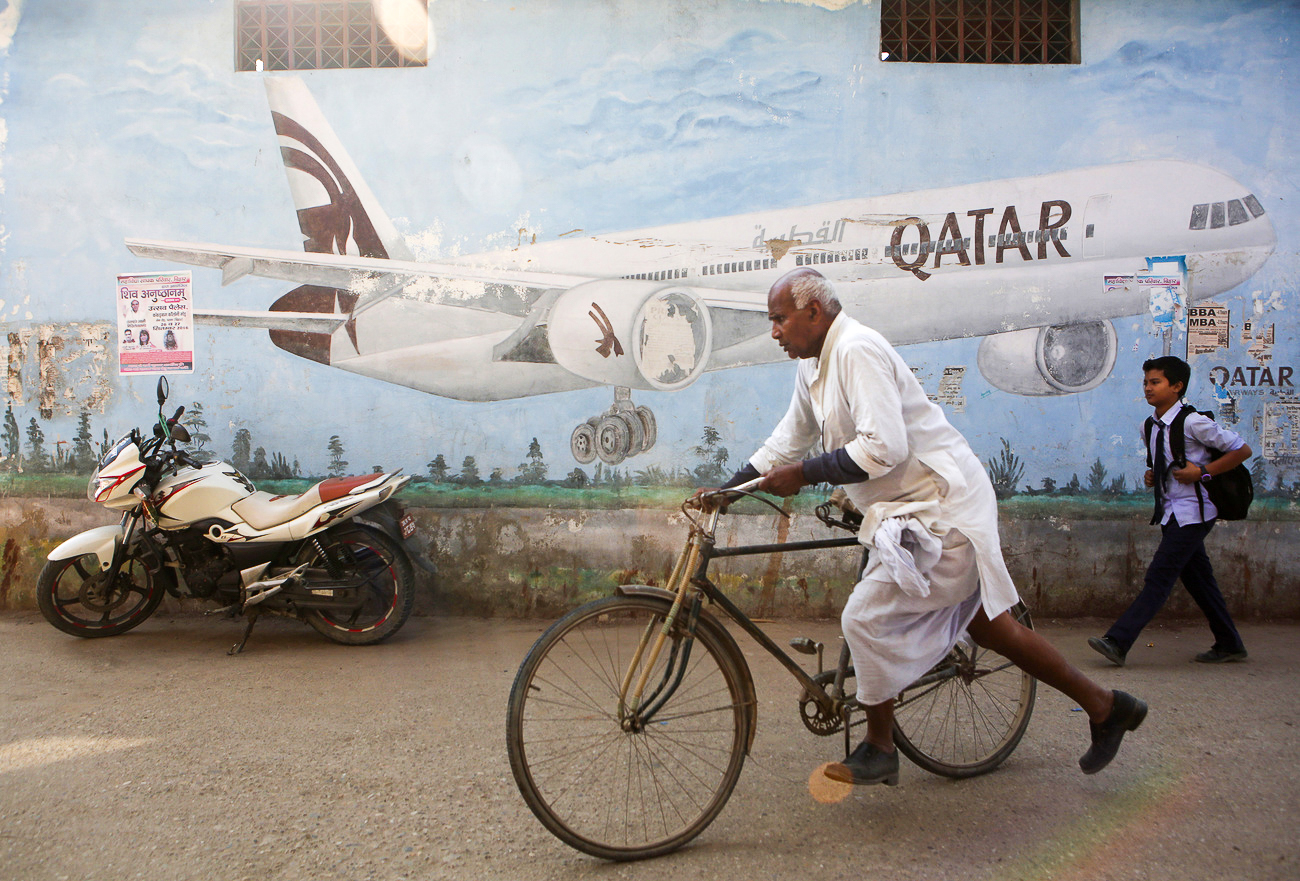
The Safer Migration Project (SaMi) has helped half a million migrant workers and their families access essential services and compensation. Is the Nepalese government ready to take it over?
It is 10:30am in Dhulikhel, a municipality in the hills of the Kavrepalanchok district, an hour from the bustling Nepalese capital of Kathmandu. A small queue is already forming at the passport office. Before applicants can get their photos and biometrics taken for their passports they must pass through a small corridor.
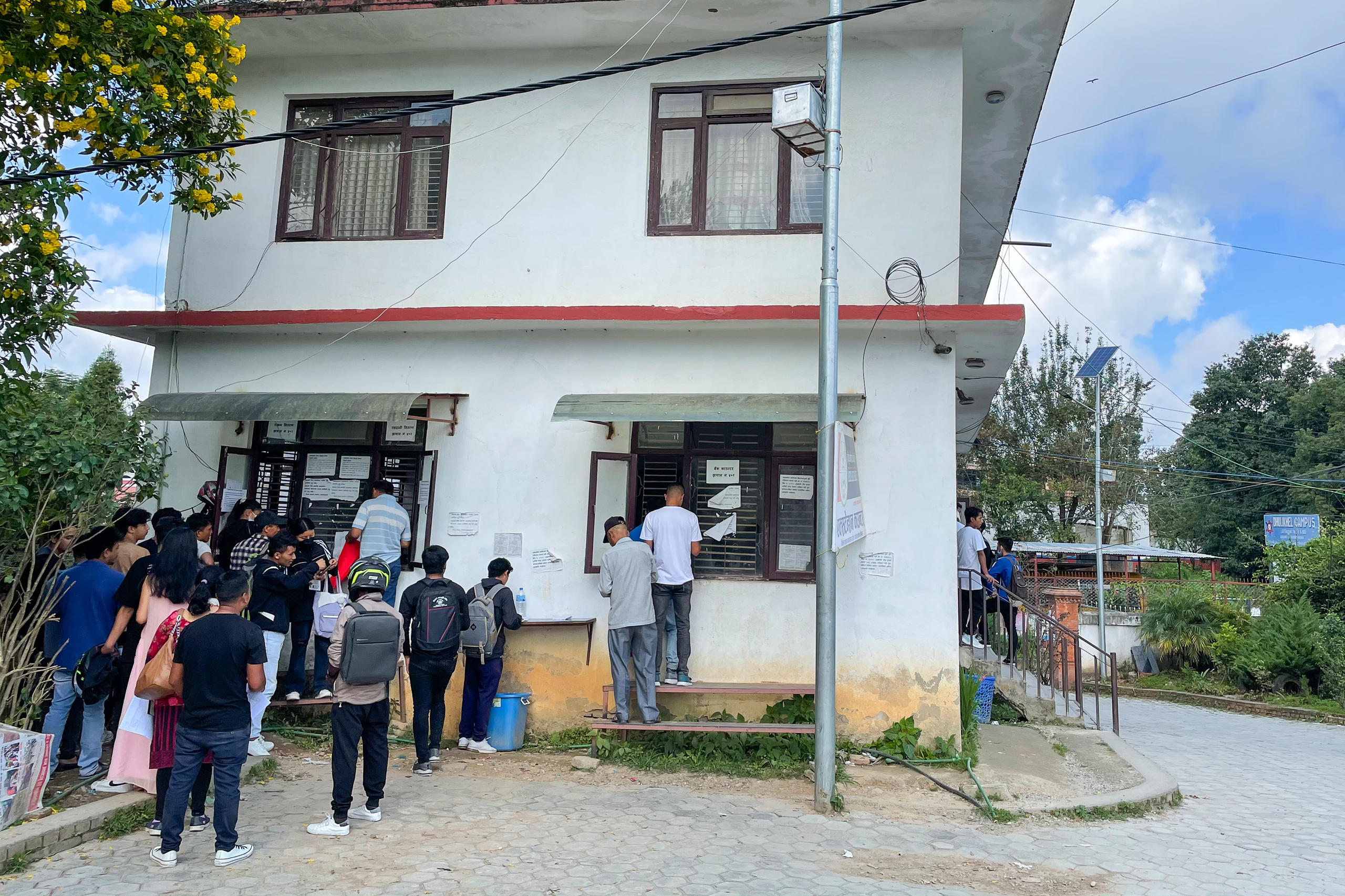
This cramped corridor houses the Migrant Resource Centre (MRC), co-funded by the Swiss Agency for Development and Cooperation (SDC). The strategic location makes it seem like a part of the passport application process, even though it is a voluntary pit stop. Two counsellors provide migration advice to Nepalese looking to work or study abroad with a view to ensuring they are not cheated by middlemen and have the necessary information in case of an emergency overseas.
More than 1,300 cases related to fraud, abuse and exploitation were filed by Nepali migrant workers at the Foreign Employment Tribunal (a semi-judicial fast-track court) between 2019/2020 and 2021/2022. This is likely to be the tip of the iceberg, considering that 630,089 new and renewed labour approvals were issued for migrant workers in 2021/2022.
“Most of those who are uneducated are completely blank about the migration process. Even those who have migrated before need to stay up to date with the latest information,” says Samaya Lama, one of two counsellors on duty during SWI swissinfo.ch’s visit.
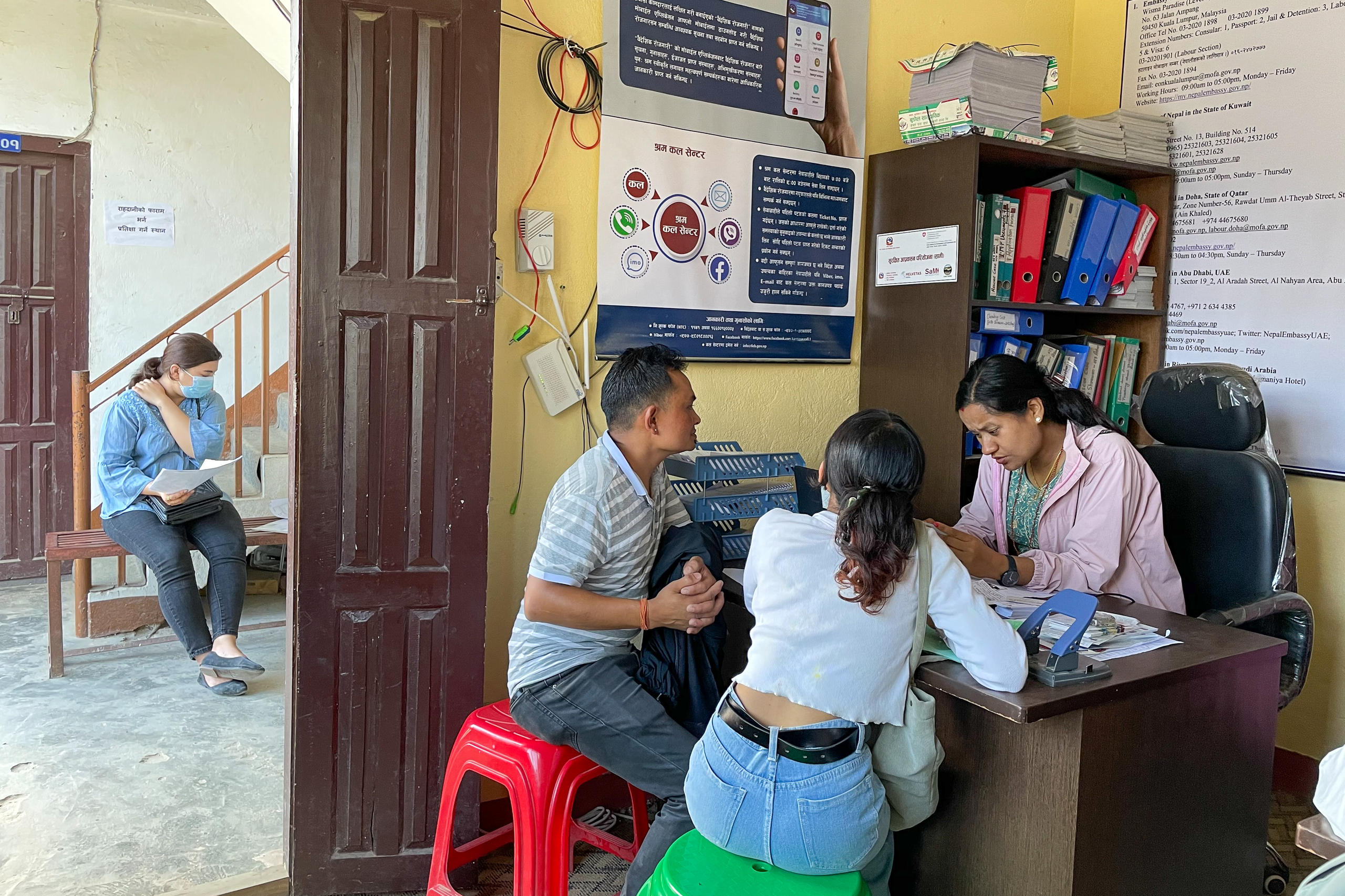
Everyone who takes a seat at an MRC counter is given five key messages: verify the credentials of the recruitment agency, keep any proof of payment made to them, ensure they have the correct travel and work documents, check their official labour approval status via the government’s app and website, and acquire appropriate skills training to access better jobs.
Counsellors like Lama take down the contact information of all visitors. Around 10% receive a follow-up call three months later to check if their migration has gone well.
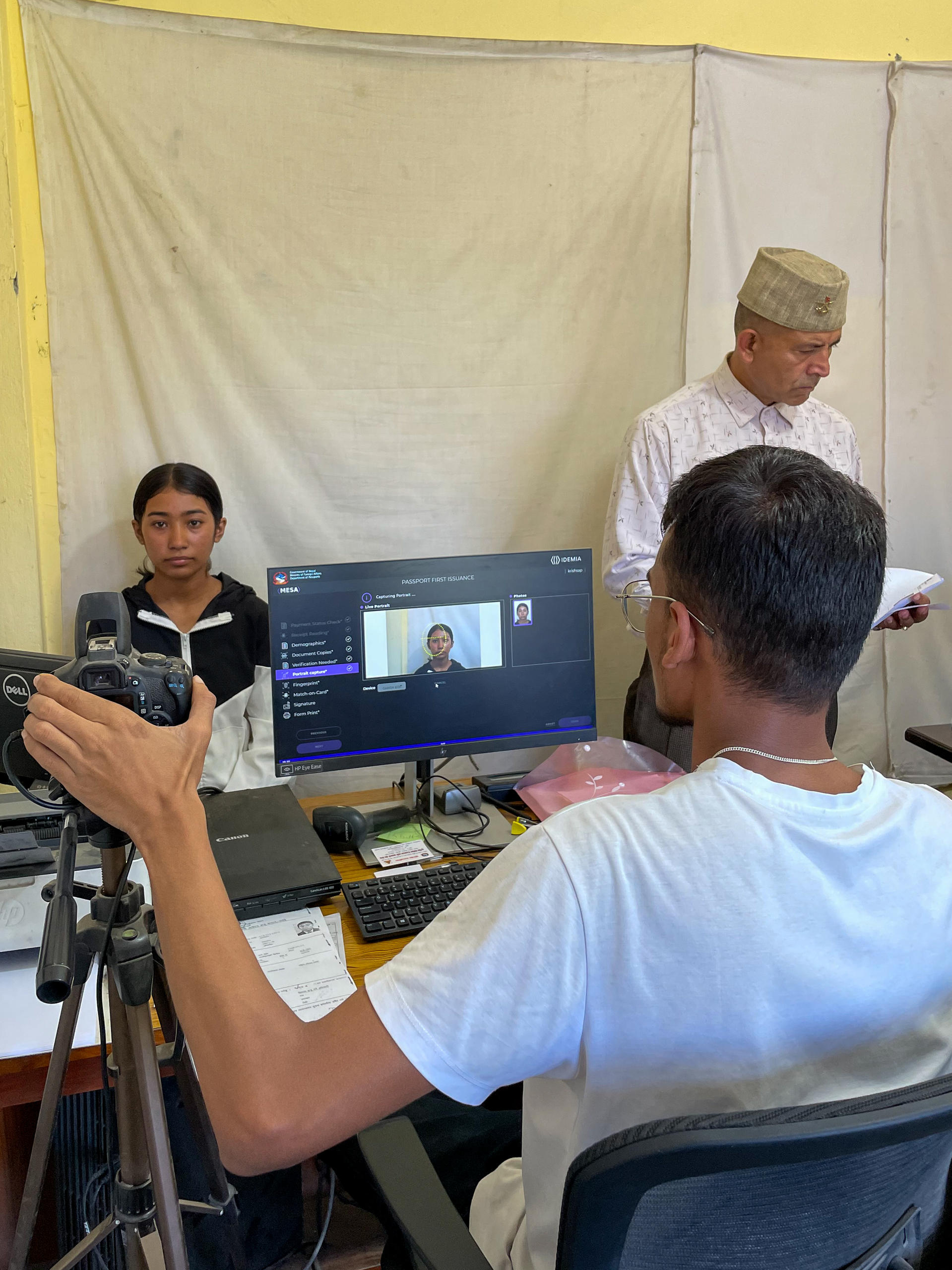
Unique initiative
Like the one in Dhulikhel, there are MRCs established in 38 of Nepal’s 77 districts. They are the backbone of the Safer Migration Project (SaMi), a bilateral initiative between the Swiss and Nepalese governments. It is implemented by Nepal’s Ministry of Labour, Employment and Social Security and 156 participating local governments. The Swiss NGO Helvetas provides technical assistance to the programme on behalf of the Swiss Agency for Development and Cooperation (SDC). Nepal is a priority country for Swiss international cooperation, but the Safer Migration Project did not have everyone’s full backing at the start.
“When the SDC started engaging on migration [in Nepal] back in 2011, everybody was sceptical. The SDC staff in charge were even challenged by their own colleagues!” says Matthias Meier, head of cooperation at the SDC office in Kathmandu.
At the time, migrants were contributing remittances worth $4.2 billion (CHF3.5 billion) or 22.3% of GDP (in 2021, remittances were $8.2 billion or 23.8% of Nepal’s GDP). Despite this, few safeguards existed to ensure they were treated well and not cheated by intermediaries. Their health and safety were in their own hands and those of their nearest and dearest. Only with the 2022 football World Cup in Qatar has some attention been paid to their plight.
“When I visited the Gulf countries at the time, I saw there was some lingering by the Nepalese government on how to handle the bodies of Nepali labourers who died there. I was amazed to see people from the deceased’s district contributing money to send the body back,” says Sharu Joshi, an independent expert on foreign labour migration and employment.
Given that legal migration abroad was a fact of life in Nepal due to limited opportunities at home and that many migrants were being mistreated, the SDC felt that Switzerland could step in to fill a gap in the development aid space. SaMi was conceived to ensure that migrants and their families were better protected by government institutions and benefited from decent working conditions abroad.
“There is no plan to stop migration. The government is proudly encouraging it, but it is high time to think about all these negative impacts of foreign employment,” says Bhim Prasad Sapkota, a senior public health administrator at Nepal’s ministry of health and population.
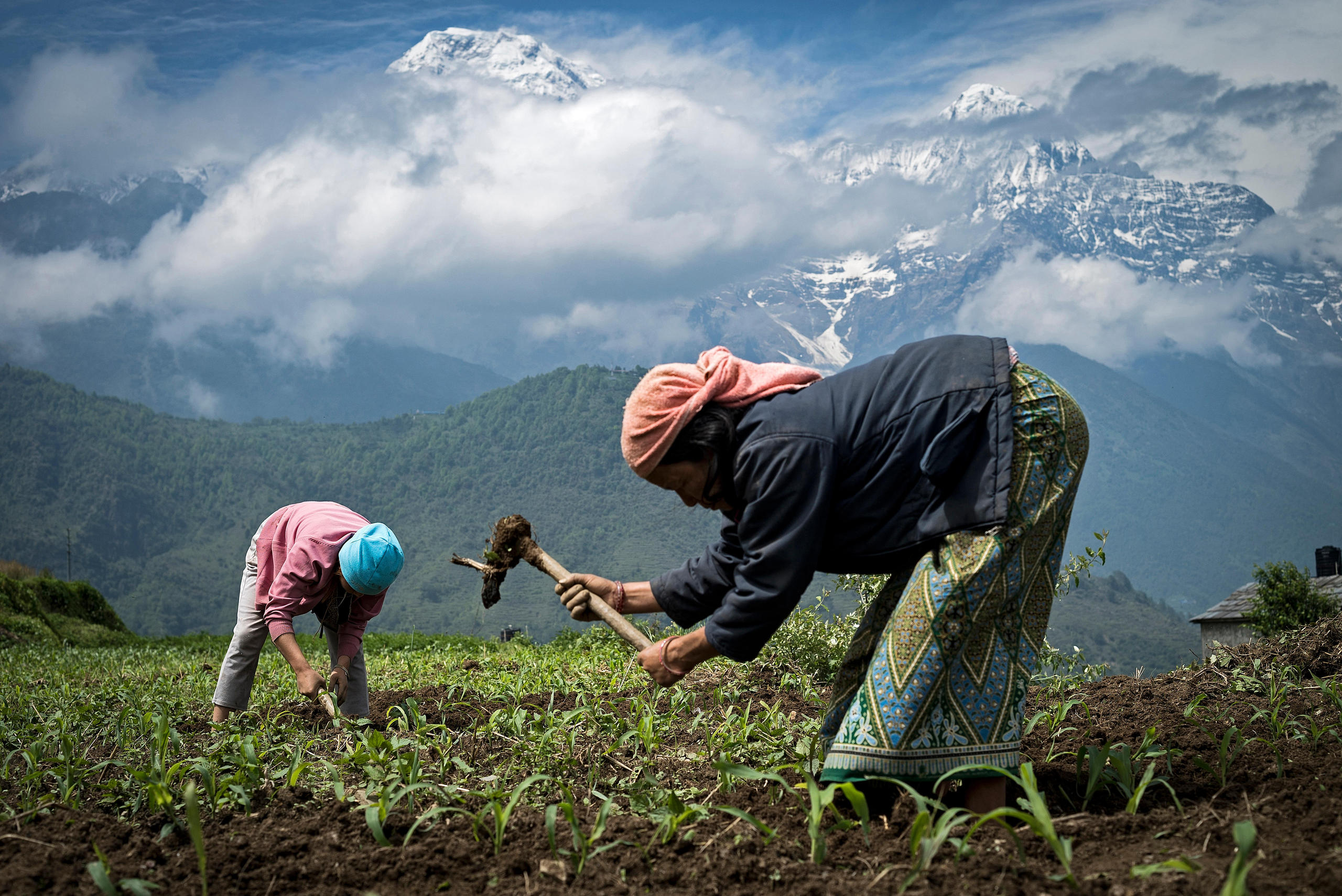
More
The good wife: Nepali migrants’ wives struggle to fill in for husbands and the state
So far, the SaMi project has provided 500,000 migrants with information on safer migration, helped secure CHF4.75 million ($5.3 million) in compensation through legal aid and trained 8,000 migrants to upgrade their skills to the level they can earn 25% more. But numbers cannot capture the change in attitude towards migrants.
“After a decade of successful collaboration with the government of Nepal under the SaMi programme, mindsets have fundamentally changed. The government recognises the added value of migration services and the importance of protecting the migrant workers. This is probably our biggest achievement,” says Meier.
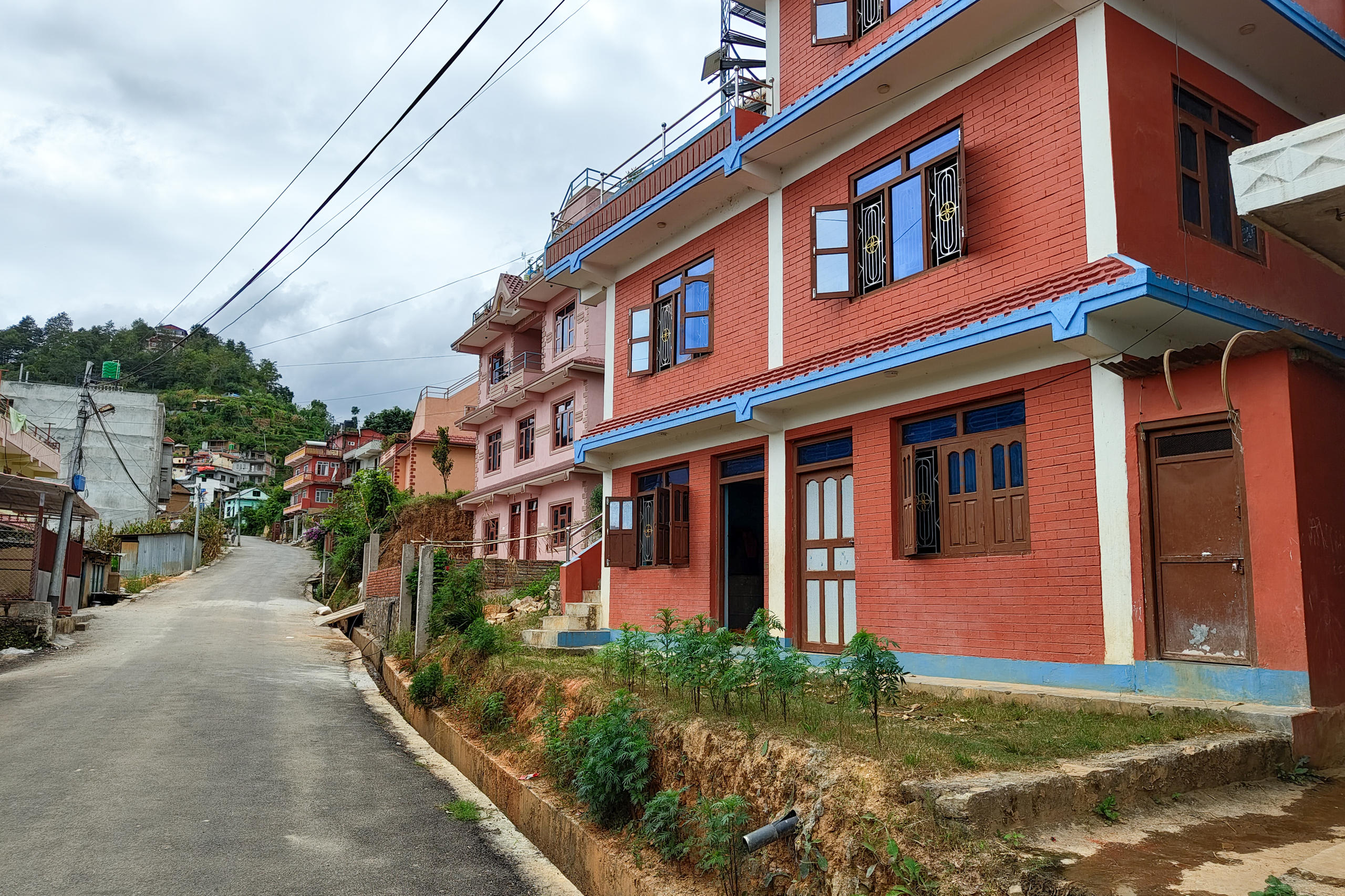
Ready for a handover?
The SaMi project is currently in its penultimate phase (2018-2024). There has been significant buy-in from the Nepalese government, which has pledged CHF10.4 million of the total CHF32 million budgeted for this phase. It also has a good reputation among government circles and there is appetite for more of this kind of support for migrant workers.
“The Migrant Resource Centres are a good initiative, but it is only one effort and a relatively small one. Unless the government designs some big game-changing intervention at the national scale, these initiatives remain small and negligible efforts,” says Bhim Prasad.
To become a game-changer, SaMi will need all the government support it can get. During the final phase, which will probably last between three and four years, it is expected that the government will take over all the running costs of the project with the SDC serving in an advisory capacity only.
“Now the time is right for the government to take on the full responsibility. With the support of Switzerland, Nepal has established MRCs to offer migrant services, and they are very well known. Switzerland will continue in the next few years to assist in the professionalisation of these migrant services, as well as in establishing MRCs in every district,” says Meier.
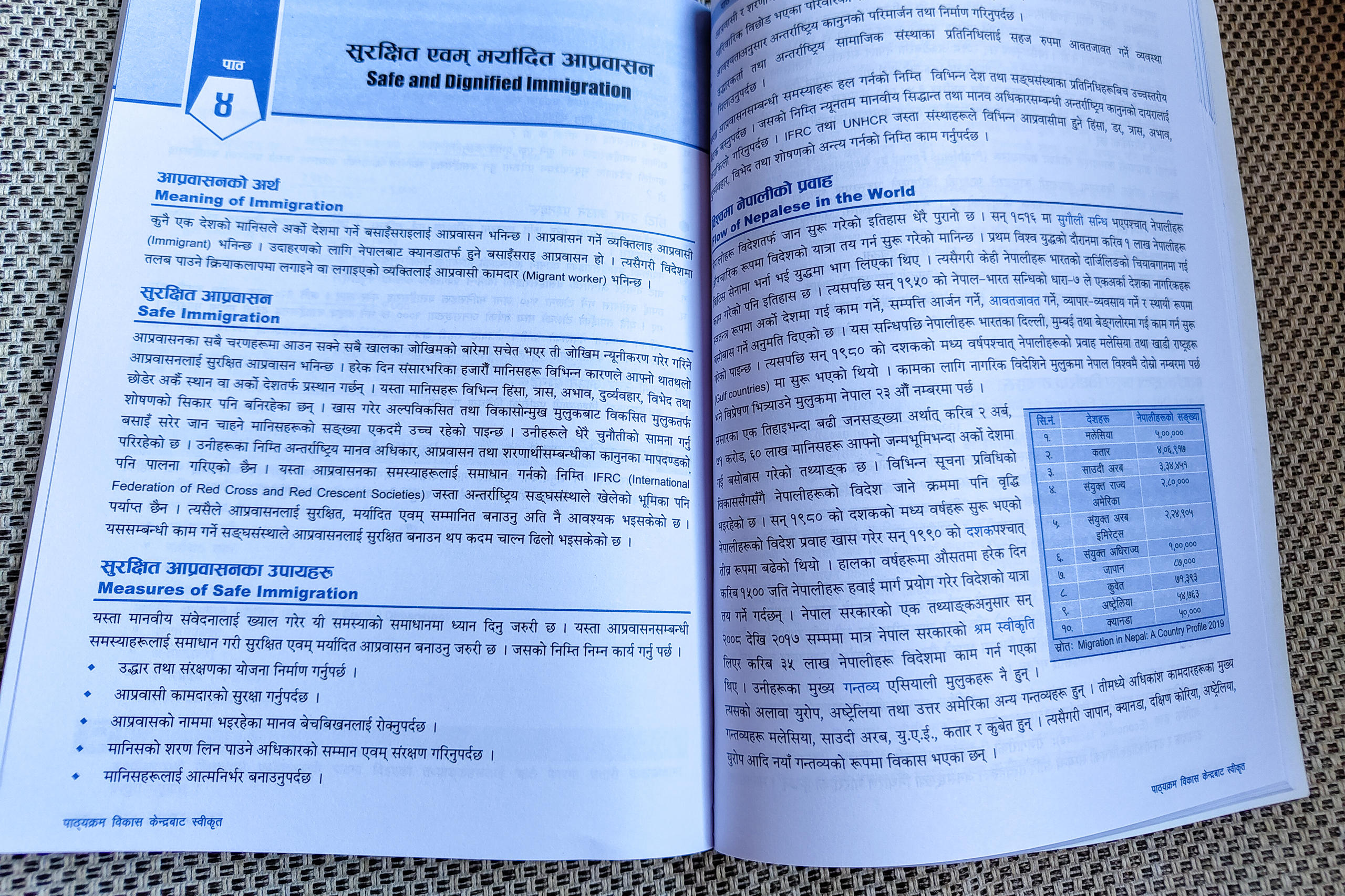
Joshi, who worked for the government for 12 years, is not overly optimistic that the handover will be smooth sailing.
“They [the SDC] know that there is a frequent change in government. By the time there is a commitment, the minister and secretary have already changed,” she says. “They should have had more informal meetings and created a few more advocates like us whom people, government and political parties trust.”
Her biggest worry is the lack of coordination between the three levels of government. Since 2015, Nepal has adopted a Swiss style model of federalism with one federal government, seven provincial governments and 753 local governments. The SaMi project is implemented in 156 local governments covering all seven provinces.
However, a 2022 internal report assessing Switzerland’s development cooperation strategy stated that when it came to progress in promoting federalism, the “envisaged intergovernmental coordination based on the three C’s – co-existence, cooperation and co-ordination – has not been organised and is not functioning”.
Joshi had a taste of this during her evaluation of the SaMi project when she visited the Dhulikhel municipality from where SWI swissinfo.ch reported. The mayor told her that the agriculture ministry had sent money for goat rearing, as had the provincial government and the local government was also investing in it.
“There are three goat-rearing schemes in the municipality, and nobody knows what the other is doing. There is no coordination,” says Joshi. “The development partner must help the system get ready to take over instead of leaving them to sink or swim. If SaMi closes down and the government does not take it over, it will be a huge loss for Nepal.”
Edited by Marc Leutenegger
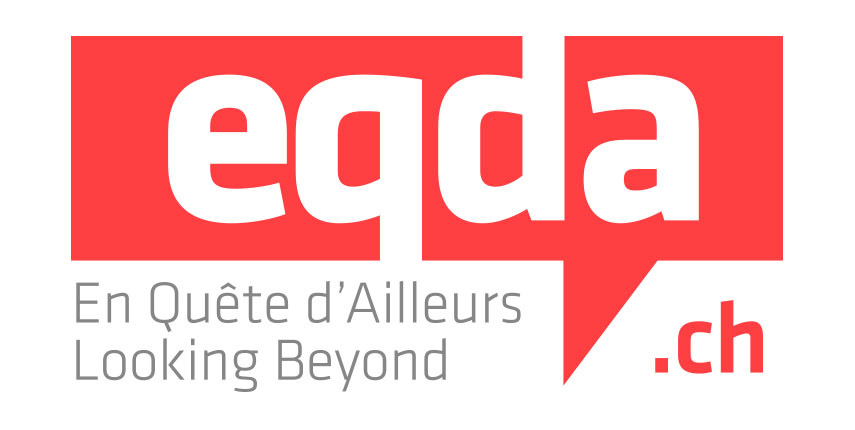
Reporting for this article was facilitated by the Swiss programme EQDA (Looking Beyond)External link which organises an annual exchange of journalists between Switzerland and developing countries, with the support of the Swiss Agency for Development and Cooperation. The theme for 2023 is “Demography”.
Media organisations from the developing world are selected by EQDA for the journalistic exchange and the journalists in each tandem assist each other with their reportage in their respective countries.

In compliance with the JTI standards
More: SWI swissinfo.ch certified by the Journalism Trust Initiative


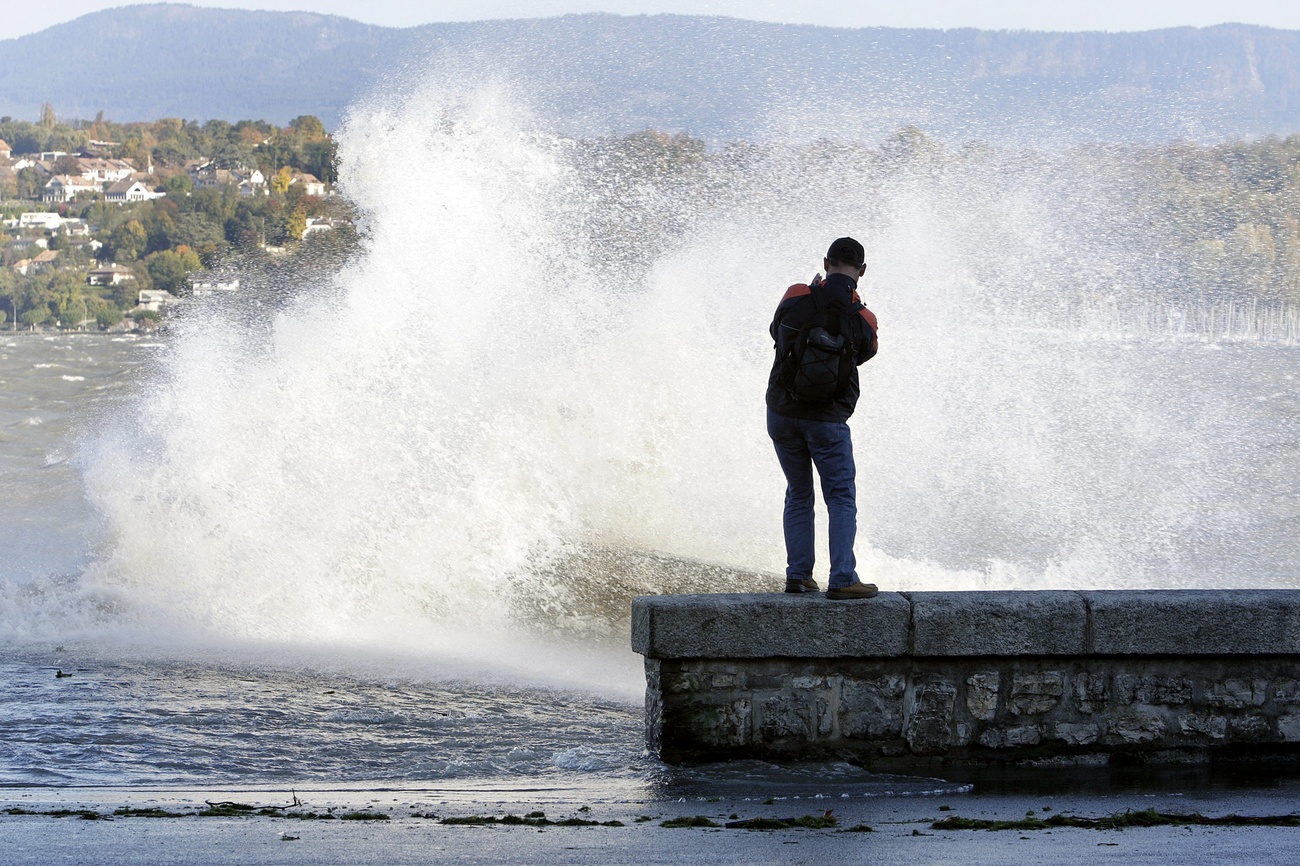





You can find an overview of ongoing debates with our journalists here . Please join us!
If you want to start a conversation about a topic raised in this article or want to report factual errors, email us at english@swissinfo.ch.